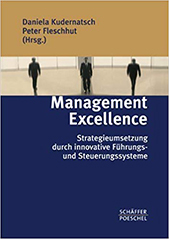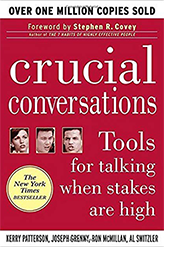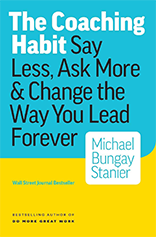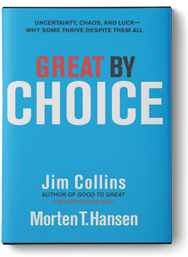BLOGS, ARTICLES, VIDEOS
AND ADDITIONAL
RESOURCES
FOLLOW OUR BLOG. REACH YOUR FULL POTENTIAL.
Help your organization become outstanding. Read through Yes and Why’s latest articles on team culture, leadership, Agile implementation, and more.
PODCAST
YES AND WHY – AGILE TALK
We talk about topics we encounter as Agile Coaches such as agile transformation,
systemic organizational development and the world of Scrum.
From expert interviews to Agile Talks from coaches with over decades of international experience,
Trainers and expert consultants on
systemic organizational development and the world of Scrum.
From expert interviews to Agile Talks from coaches with over decades of international experience,
Trainers and expert consultants on
Immerserse yourself in the world of agile transformation.

AGILE MINDSET ASSESSMENT
Have you ever wondered about your own attitude towards the topic of agility and in agile contexts? How is your agile mindset?
Agile Mindset Assessment especially for people and companies during an application process.
All money generated by purchasing the books through these links will be
donated to the following causes:

Smiling Gecko,
an NGO using a holistic approach to help Cambodian children and their families
an NGO using a holistic approach to help Cambodian children and their families

Amnesty International,
because only in a world in which we feel safe can we change things for the better
because only in a world in which we feel safe can we change things for the better

Reporters without borders,
because it takes a balanced, multi-perspective view of reality to be able to act and make life on earth outstanding for everyone
because it takes a balanced, multi-perspective view of reality to be able to act and make life on earth outstanding for everyone

WWF,
because without an earth to live on, all of the above won’t be possible
because without an earth to live on, all of the above won’t be possible
WATCH VIDEOS FROM LEADERS AROUND THE GLOBE
Agile Leadership: Preparing for an Unconventional Career Path
5 Things I Wish I’d Known Before My First PI Planning
How Great Leaders Inspire Action
10 Ways To Have A Better
Conversation
The Resource Utilization Trap
FREQUENTLY ASKED QUESTIONS
What’s the difference between efficiency and effectiveness?
Effectiveness is doing things right to reach a desired outcome. Efficiency is doing things right with minimum effort.
Effectiveness is the answer to the question, “Which actions contribute to a defined goal or desired result?” The greater the contribution of the action, the greater its effectiveness.
Efficiency plays a role once it has become clear what action is to be taken. It is the answer to the question, “Is this the right action in terms of effort, time, energy or resources?” If this is the case, efficiency gains can still be achieved.
What’s the benefit of working step by step rather than doing the whole transformation all at once?
When classical change initiatives are “measured,” various studies conclude that their failure rate is about 70%. They fail in regards to time frame, budget and/or technical, business, and human objectives.
These classical approaches mistake transitions for transformations (see FAQ question above). They try to reach broad objectives with one straight, targeted process. This rarely works, because frame conditions (e.g. the planned availability of those involved) can change over time and human nature only allows us to accept changes introduced in small steps.
On the other hand, small changes are the norm in every company. With these, a company develops continuously, consciously, and at its appropriate speed. Working step by step doesn’t lead to resistance. It helps introduce small, helpful improvements that ultimately make a big difference.





